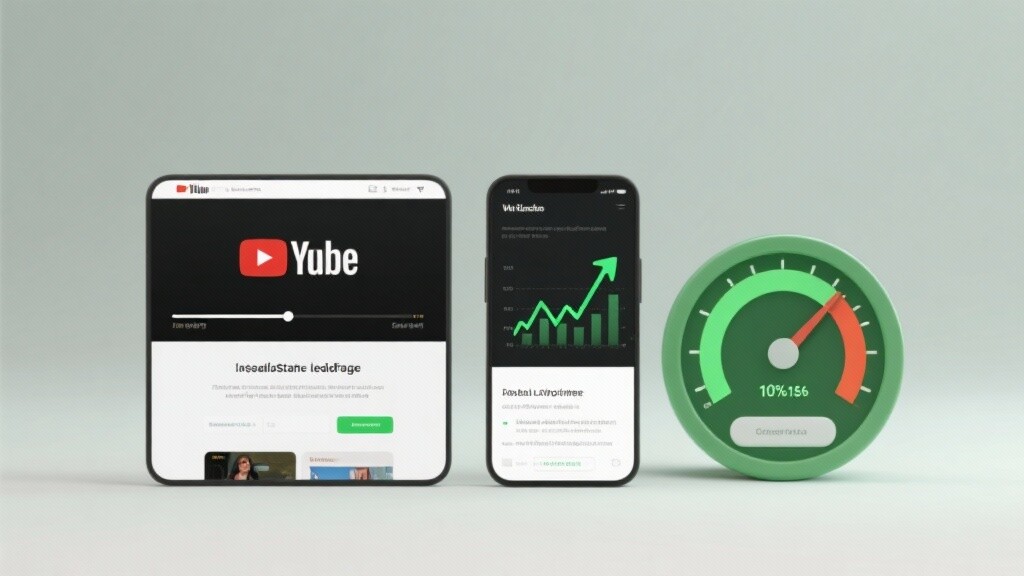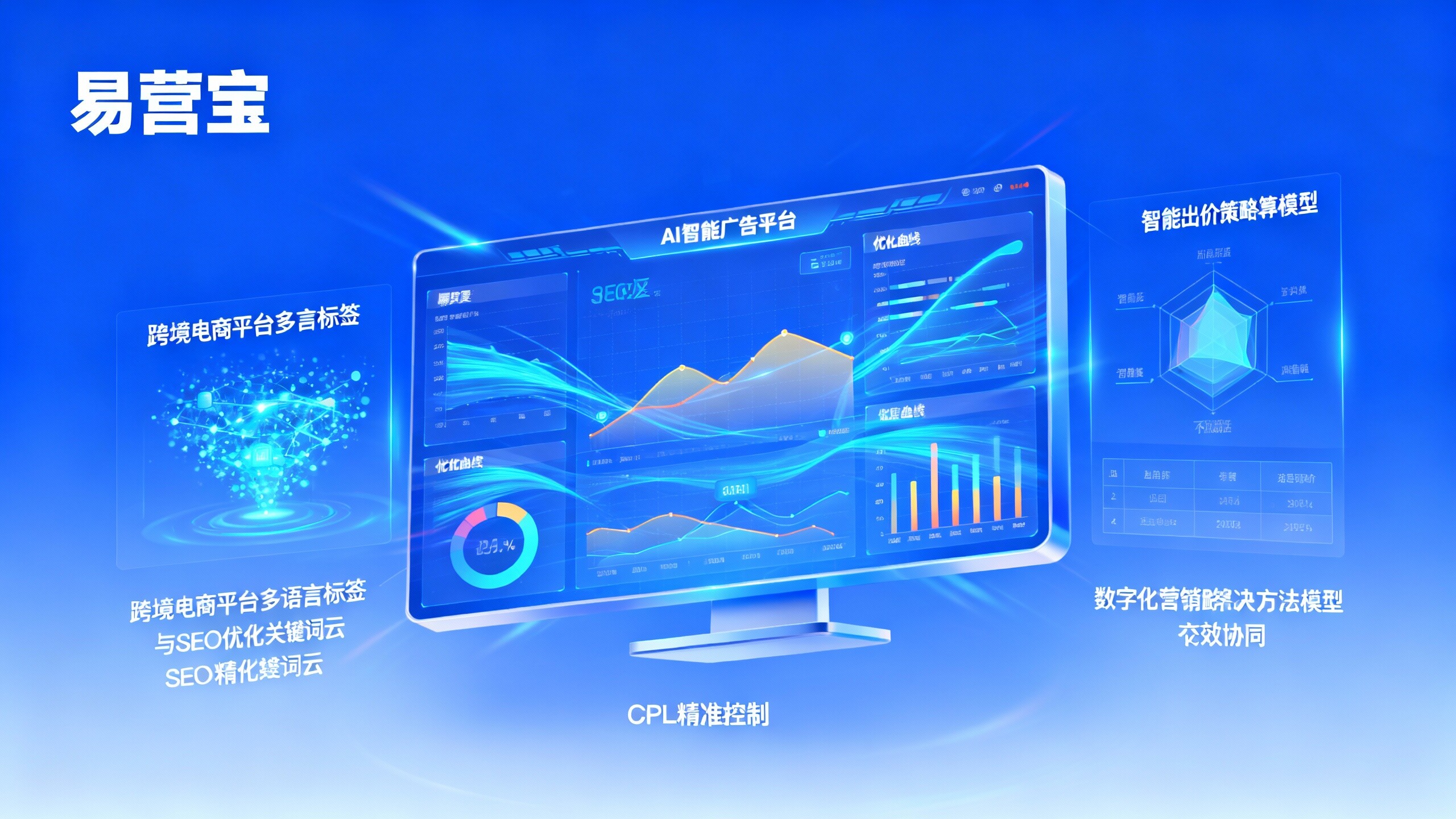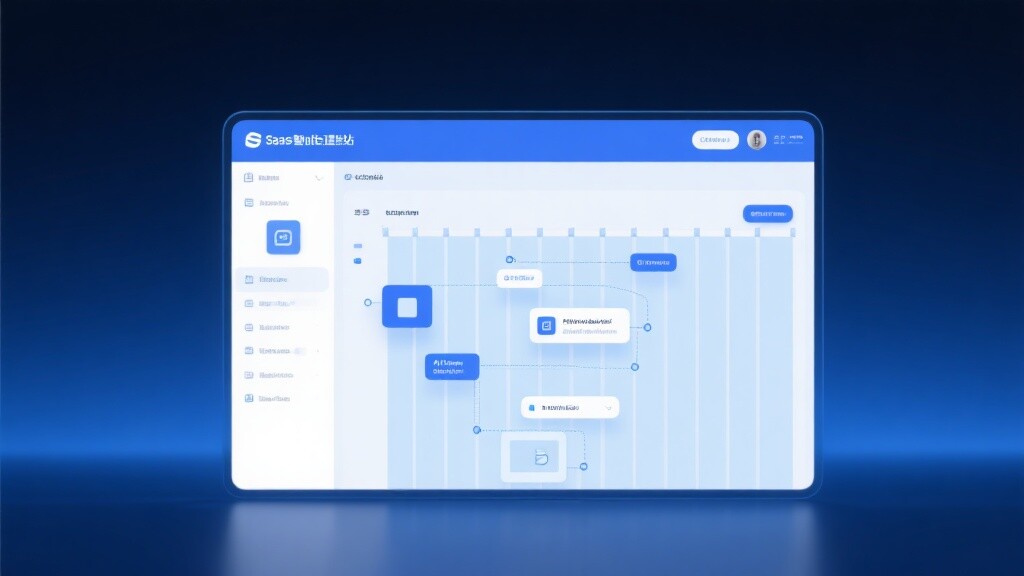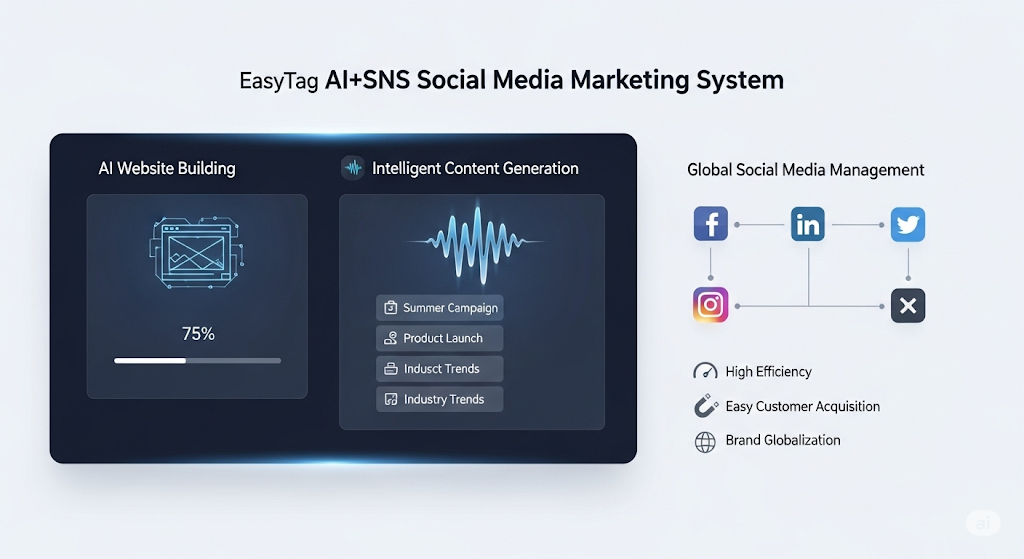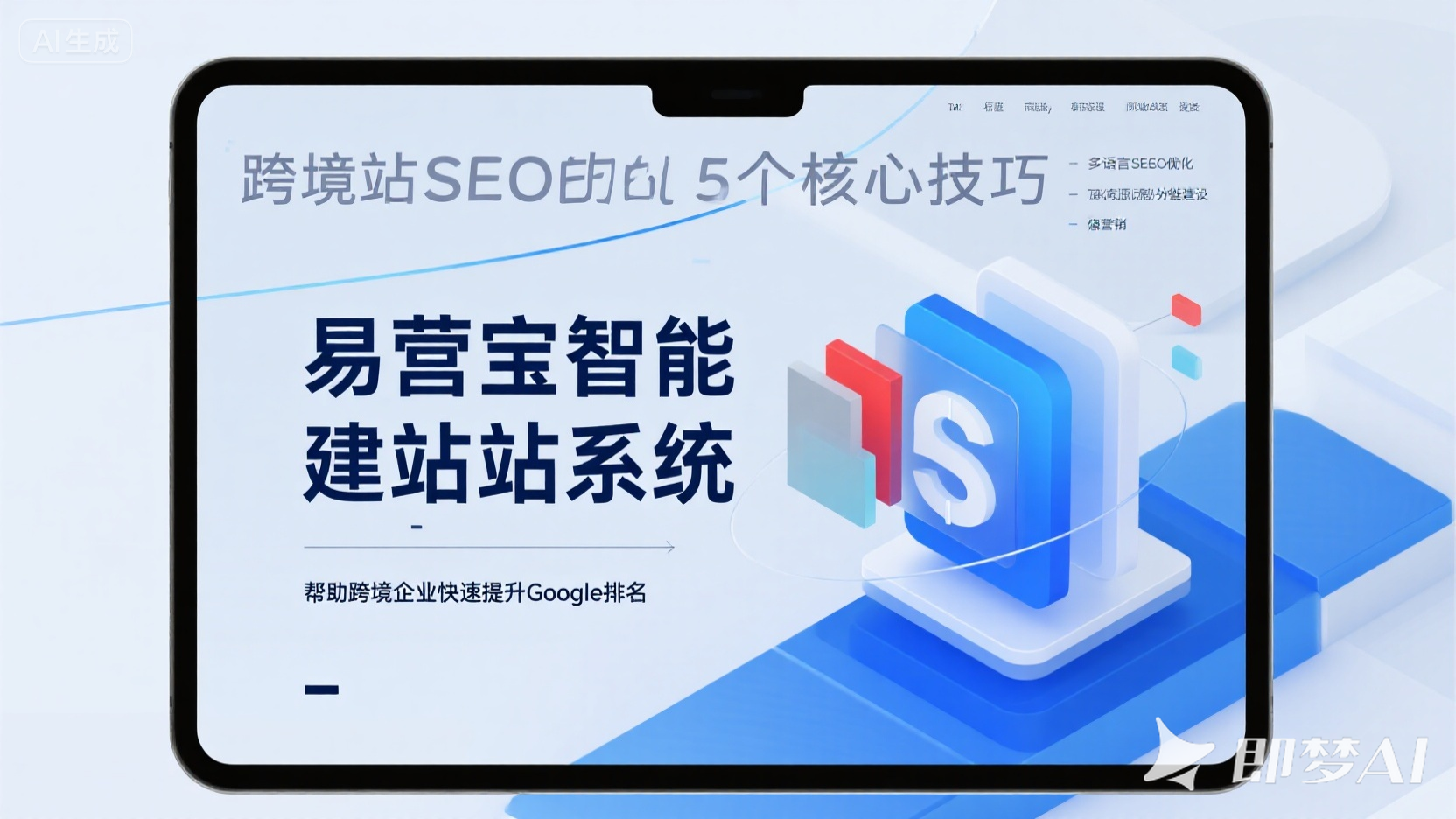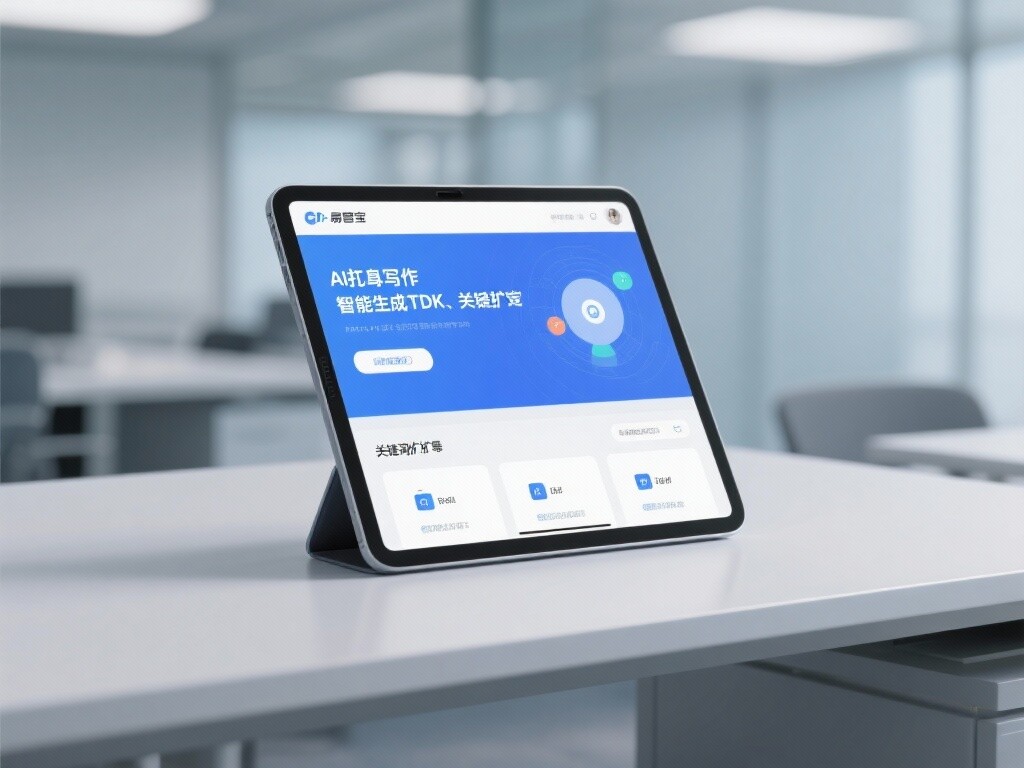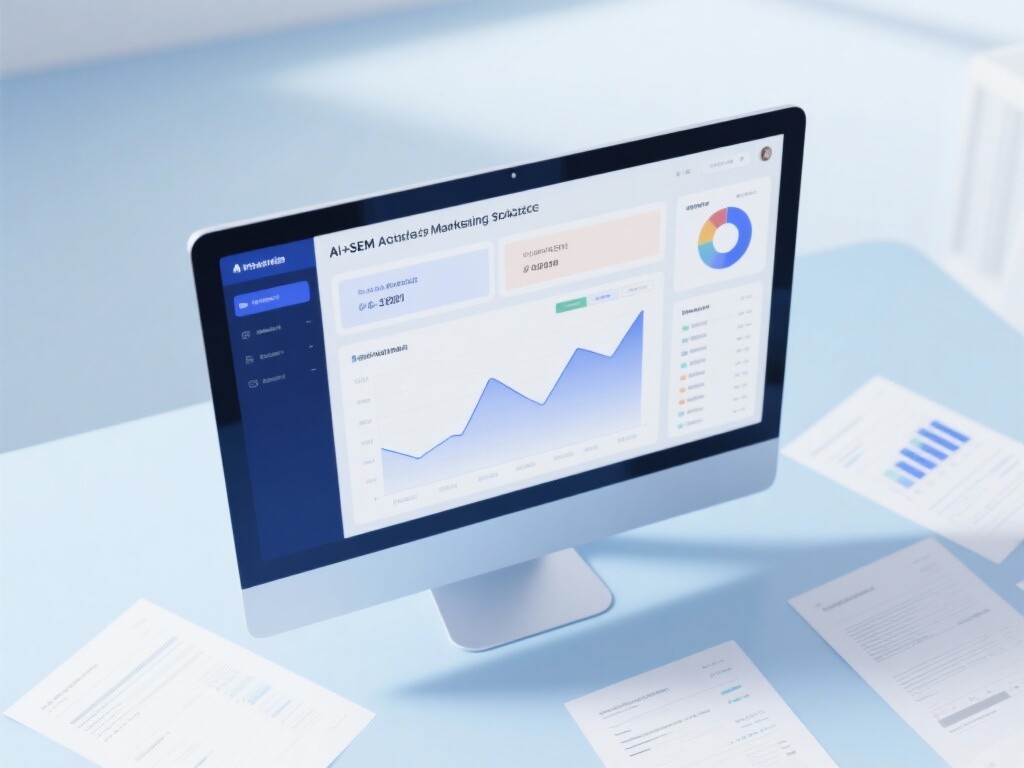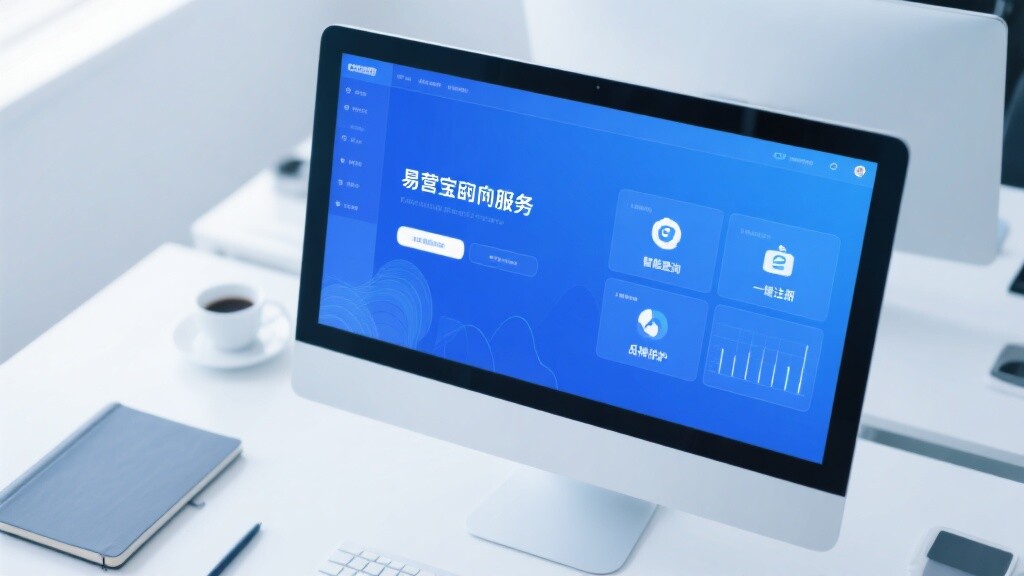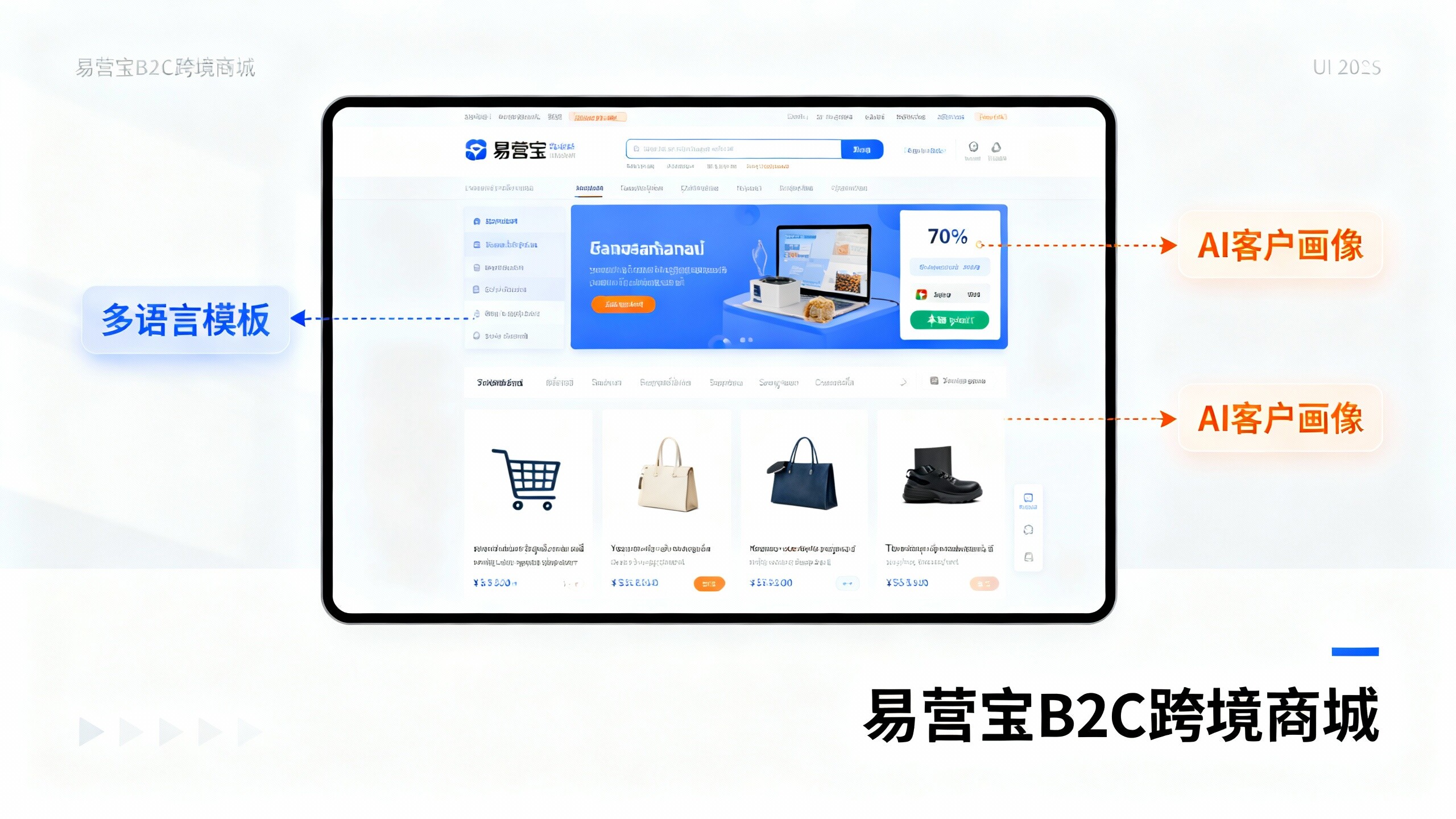- How AI Intelligent Advertising Platforms Collaborate with Brand Marketing: 5 Key Settings to Simultaneously Boost Exposure and Control CPL2025-12-10View Details
- How to Allocate Your 2025 International Digital Marketing Budget for Maximum ROI? A 5-Step Practical Guide2025-12-10View Details
- 2025 Global Digital Marketing Channel Comparison: Which is More Suitable for Businesses Going Global?2025-12-09View Details
- How to Choose an International Digital Agency: A 5-Point Technical and Compliance Checklist2025-12-10View Details
- Digital Marketing Agency Costs Decoded: Case Studies, SLAs & Expected ROI2025-12-10View Details
- 10 Must-Ask Questions Before Hiring a Digital Marketing Consultant2025-12-10View Details
- What short-term and long-term performance improvements can internet marketing consulting bring? Analysis of 3 industry cases2025-12-09View Details
- 2025 Easy Operation Treasure Feature Analysis: Can an All-in-One Marketing Tool Meet Cross-Border Lead Generation Needs?2025-12-09View Details
YouTube Lead Generation Guide: How to Bring High-Quality Inquiries to Foreign Trade
Introduction
Using YouTube for lead generation brings high-quality inquiries to foreign trade businesses, combined with independent site SEO, rapid website indexing, and SEM optimization to enhance conversion rates across the entire funnel. This article targets market researchers, users/operators, and technical evaluators, systematically breaking down the full-process strategy of generating foreign trade inquiries through YouTube: from content creation, video SEO, and directing traffic to optimized landing pages, to implementing rapid website indexing and SEM optimization techniques to amplify conversion effects. We integrate industry best practices with data-driven methodologies to demonstrate the critical role of independent site SEO, website speed optimization services, and global server acceleration in the YouTube lead generation ecosystem, helping businesses convert video traffic into measurable foreign trade inquiries.
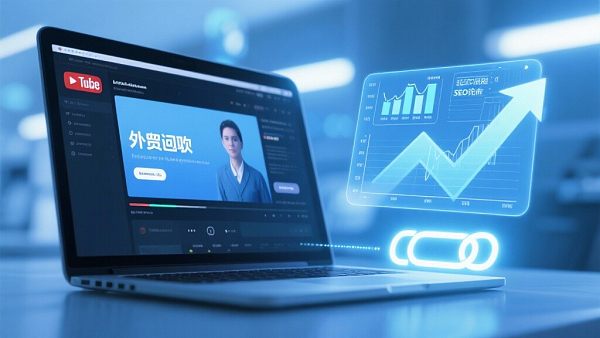
Definition and Core Concepts: YouTube Lead Generation, Independent Site SEO, and Rapid Indexing Synergy
First, clarify several core concepts: YouTube lead generation refers to leveraging video content, channel optimization, and paid/organic traffic on YouTube to attract target audiences and direct them to business touchpoints; foreign trade inquiries are purchase-intent signals from overseas potential clients, typically appearing as emails, forms, or direct negotiations; independent site SEO encompasses structured data, page TDK, multilingual content, and backlink strategies, aiming to improve search visibility and conversion rates. For rapid website indexing, the key lies in providing clear site architecture, sitemaps, Schema markup, and stable server responses for video-driven landing pages. Pairing AI-generated high-quality content with accurate UTM parameters enables search engines to quickly identify and capture new pages. Understanding these concepts allows businesses to use YouTube as a high-quality traffic source, relying on independent site SEO to solidify visitors into trackable foreign trade inquiries, forming a "traffic—qualification—conversion—reinvestment" closed loop.
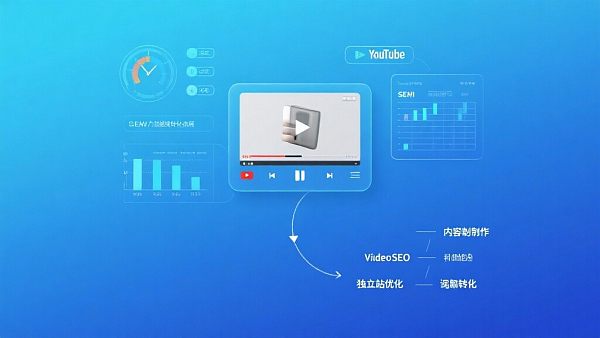
Application Scenarios and Implementation Steps: A Replicable Workflow from Video to Inquiry
In foreign trade scenarios, YouTube lead generation is particularly suited for showcasing product usage, manufacturing processes, client case studies, and industry white paper explanations. Key steps include: Step 1, audience profiling and keyword research: combine SEM optimization techniques with YouTube search data to target keywords that balance channel subscriber growth and inquiry conversion terms. Step 2, video production and SEO: embed core keywords in video titles, descriptions, tags, and chapters while placing clear landing page links and CTA forms in descriptions to ensure seamless traffic redirection. Step 3, landing page optimization: apply independent site SEO strategies to optimize TDK, H-tags, and structured data, using fast-loading templates and enabling rapid indexing to prioritize search engine and social media crawlers. Step 4, data loops and SEM integration: connect UTM and conversion events to Google Analytics/GA4 and ad platforms, using SEM techniques for remarketing and A/B testing to unify YouTube’s organic and paid traffic into decision-making. These steps help businesses measure costs and conversion rates at each stage from video views to inquiries, enabling continuous optimization of ROI.
Technical Performance and Optimization Recommendations: Website Speed, Global Servers, and Multilingual Support
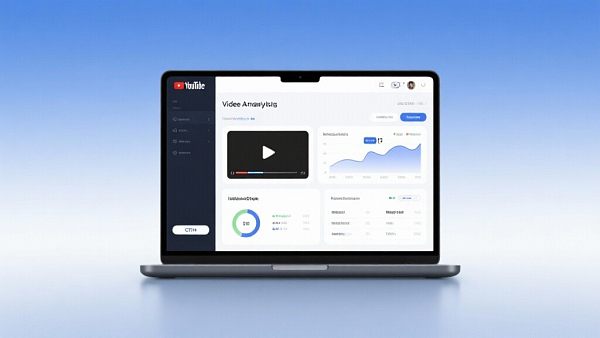
Technical factors determine conversion ceilings. Website speed optimization is critical for foreign trade lead generation: mobile and desktop first-screen loads must stay under 3 seconds to avoid bounce rate spikes that directly impact YouTube-to-landing-page conversions. Global server acceleration and CDNs reduce average response times, especially for Europe, the Middle East, and South America, where they compress load times to controllable ranges. Multilingual support and AI localization significantly improve inquiry quality—e.g., right-to-left Arabic layouts and Google Ads Arabic keyword optimization boost local trust and conversions. Below are benchmark comparisons (sample data) to help technical evaluators assess ROI:
Comparative Analysis and Misconceptions: YouTube Lead Generation vs. Traditional SEM/Social Media Synergy
Many businesses pit YouTube lead generation against traditional SEM (e.g., Google Ads), viewing paid search as more direct and videos as brand-building tools. In reality, YouTube handles mid-funnel conversions by lowering inquiry barriers through educational content and product demos, while SEM captures high-intent search traffic—together they cover full-funnel lead nurturing. Misconception 1: judging effectiveness by views alone, when watch time, engagement rates, and CTR matter more. Misconception 2: neglecting independent site SEO and relying solely on video description links, leaving inquiries uncaptured if landing pages load slowly or aren’t indexed. Misconception 3: underestimating multilingual localization, especially for right-to-left languages like Arabic, where non-localized layouts (including unoptimized Google Ads Arabic keywords) fail to convert into high-quality inquiries. The correct approach uses data-driven content strategies, independent site SEO, and rapid indexing to capture video traffic, reserving SEM budgets for remarketing and conversion boosts.
Procurement Guidelines and Implementation Roadmap: Vendor Selection and Localization Services

Technical evaluators should prioritize vendors’ multilingual, global deployment, and ad optimization capabilities when outsourcing or selecting SaaS services. Procurement checklists must include: multilingual site-building, global server acceleration/CDN, SSL/security, AI translation/localization, and ad platform expertise (Google/Meta/Yandex). For Middle Eastern markets, prioritize solutions with Arabic right-to-left layouts and Google Ads Arabic keyword optimization, such as specialized Arabic website and marketing solutions offering AI localization, flexible domain configurations, and first-year maintenance, plus regional social media strategy consulting for rapid localization and inquiry growth. Implementation should be iterative: Phase 1 tests minimal viable landing pages with YouTube traffic; Phase 2 completes independent site SEO and rapid indexing; Phase 3 scales conversions via SEM and remarketing; Phase 4 expands global acceleration and multilingual resources. Vendors should also provide AI-driven keyword expansion, auto-generated TDK, and ad diagnostic tools to reduce labor costs and improve ad efficiency.
Case Studies, Trends, and FAQ: Why Now Is the Ideal Time for YouTube Lead Generation in Foreign Trade
Case Study: A manufacturer increased foreign trade inquiries by 210% in 6 months via educational videos and optimized landing pages, with conversions rising from 0.7% to 2.4% after speed optimization and global acceleration. Trend Analysis: Short and long-form videos, AI-generated multilingual content, and search engines’ preference for structured data and UX will dominate the next 2–3 years, making rapid indexing a competitive edge. Meanwhile, cross-border lead generation must balance compliance and localization. FAQ: Q: Is YouTube suitable for all foreign trade industries? A: Ideal for visual product demos, usage scenarios, or process showcases, but case studies and client interviews can extend to B2B. Q: How to measure inquiry quality? A: Track post-inquiry MRR, sample request rates, negotiation conversions, and average order values—not just volume. Q: How to align SEM with video content? A: Use video keywords to discover long-tail terms for search ads, then feed search terms back into videos to improve relevance. Conclusion: Integrating YouTube lead generation, independent site SEO, SEM, website speed optimization, and global acceleration significantly enhances inquiry quality and conversion efficiency. If you aim to convert YouTube traffic into high-quality foreign trade inquiries or need Arabic localization, website building, and ad optimization support, contact us. Our AI and big-data-driven solutions have helped over 100,000 businesses achieve global growth, offering free strategy consultations and technical evaluations. We look forward to becoming your long-term partner in overseas lead generation.
- Campbell (name)
- free-standing station
- AI translation
- Independent site SEO
- Inquiry quality
- SSL certificate
- Global Server Acceleration
- Web Design
- Keyword Optimization
- Social Media Marketing
- Website
- Youtube
- Link Building
- Website loading speed
- Google Ads
- SEO
- Trade inquiry
- YouTube Lead Generation
- How to achieve rapid website indexing
- SEM Optimization Tips
- Website Load Speed Optimization Service
Related articles
 How AI Intelligent Advertising Platforms Collaborate with Brand Marketing: 5 Key Settings to Simultaneously Boost Exposure and Control CPL
How AI Intelligent Advertising Platforms Collaborate with Brand Marketing: 5 Key Settings to Simultaneously Boost Exposure and Control CPL How to Allocate Your 2025 International Digital Marketing Budget for Maximum ROI? A 5-Step Practical Guide
How to Allocate Your 2025 International Digital Marketing Budget for Maximum ROI? A 5-Step Practical Guide 2025 Global Digital Marketing Channel Comparison: Which is More Suitable for Businesses Going Global?
2025 Global Digital Marketing Channel Comparison: Which is More Suitable for Businesses Going Global?
Related products

